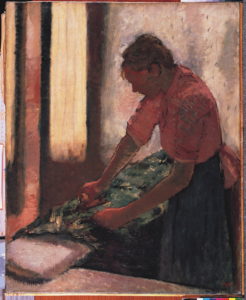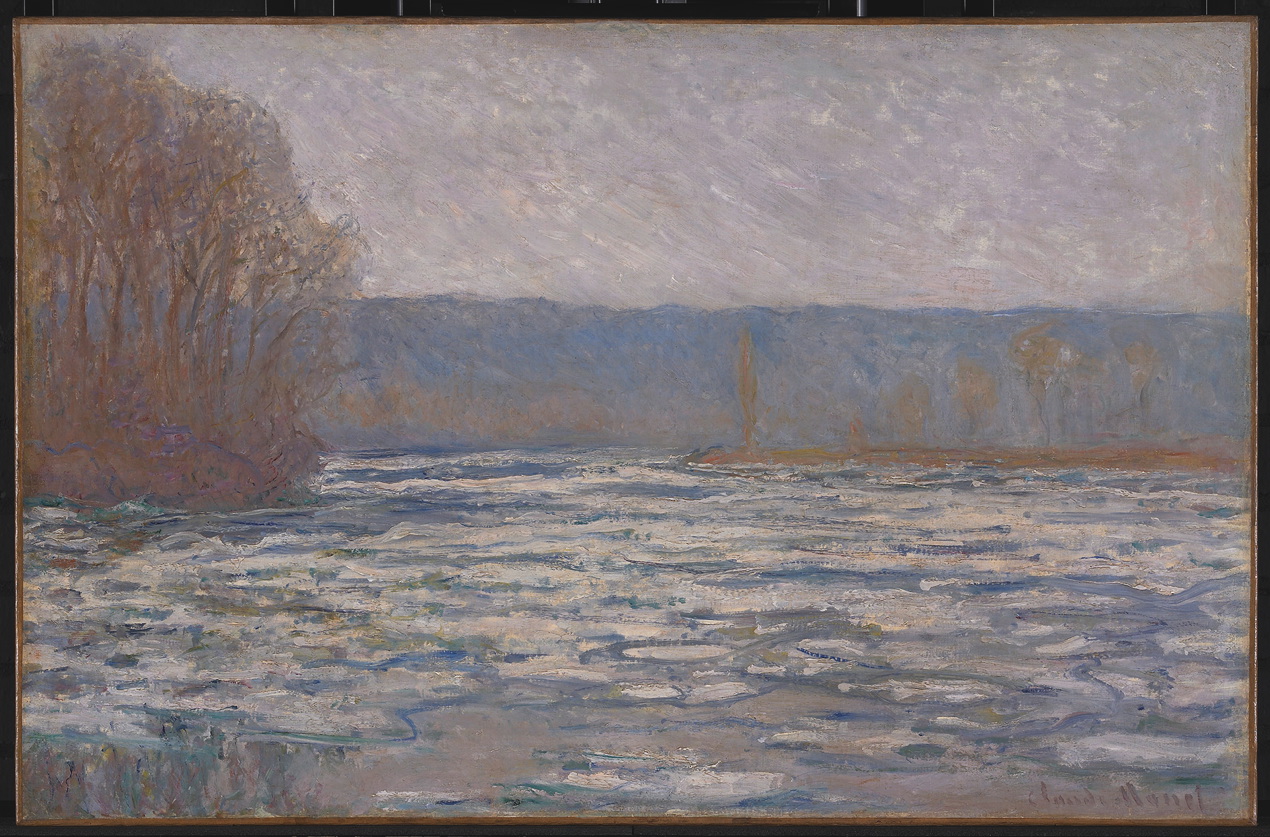In the frame: Impressionism
Liverpool’s Walker Art Gallery curator Kate O’Donoghue writes about radical and ridiculed art in 19th century Paris
“Nothing but a bunch of Impressionists,” the art critic Louis Leroy declared in 1874. The Impressionists had emerged in Paris in the early 1860s and were the radicals of their time. So-called because of the immediacy of their brushwork, the term was originally intended as an insult but was adopted by this group of artists.
The Impressionists were observers of nature and light. Artists like Claude Monet (1840-1926) studied the changes in light and colour caused by the weather, the time of day and the seasons. Taking their canvases outside the studio and working outdoors, the Impressionists painted directly from nature, a pursuit made easier with the invention of tubed paint in the mid-19th century. They often painted the same views over and over, capturing the way various light effects impacted their scenes.
One example in the Walker Art Gallery, Ice Breaking Up on the Seine Near Bennecourt, painted in 1893 by Monet, reflects this appreciation of everyday scenes. It is one of a series of paintings Monet created during the winter of 1892-93 when the Seine near his Giverny house froze over. Like many other views, Monet frequently painted this scene at different times of the day to record the changing effects of light and variations of colour. In this picture, Monet captures the ice breaking up underneath an overcast sky. Monet had complained about the extreme cold while working that winter. The rough, broad brushstrokes give the sense that the picture was painted quickly, and we can almost feel the cold bite in the air.

This brushwork associated with the Impressionists usually consisted of dabs of vivid colour, giving canvases an unfinished, almost flickering, appearance. It was one of the main reasons this group of artists was subjected to such harsh criticism during their time. While the Impressionists are among the most celebrated artists today, they were ridiculed by the artistic elites of Paris in the 19th century. They were routinely rejected from the Paris Salon, the official art exhibition of the Académie des Beaux-Arts and the most prestigious art event in western Europe. Typically, the Salon celebrated polished and refined painting, usually depicting historic, mythological, and Biblical themes.
Some Impressionists, including Edgar Degas (1834-1917), studied the effects of natural and artificial light on interior subjects. Not far from where Monet’s chilly, wintry view of the Seine hangs in the Walker is Woman Ironing, painted by Degas between 1892 and 1895. This picture is the last in a series of women ironing that Degas started in the early 1870s. Just as he had with his famous images of ballet dancers, here he studies the precise movements of women at work. The woman appears strong and dignified, and is silhouetted against the wall behind her, illuminated by the window on the left.
The Impressionists, with their use of bright colour and distinct brushwork, inspired many artists who followed them. Examples by some of these artists, including Henri Matisse (1869-1954) and Paul Cézanne (1839-1906), can be admired on the walls of the Walker alongside these Impressionist works. While the gallery’s doors remain closed for the time being, we can still reflect upon the work of the Impressionists. They celebrated the world around them, the street outside the window, the local bar, nearby trees and flowers. Their ability to find beauty in the everyday is perhaps something we can learn from in these unusual times.
Main image: Ice Breaking up on the Seine near Bennecourt

Leave a reply
Your email address will not be published.